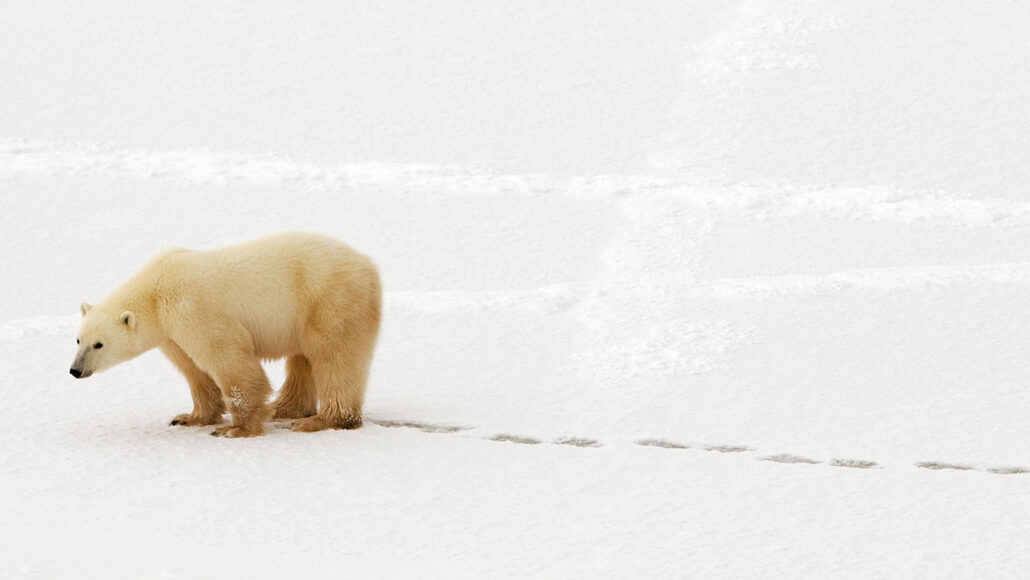
Animals
Paw-print DNA lets scientists track out-of-sight polar bears
This environmental DNA can aid in conserving species that are hard or dangerous to observe.
Come explore with us!

This environmental DNA can aid in conserving species that are hard or dangerous to observe.
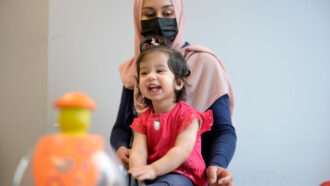
Ayla was treated before birth for the rare, life-threatening Pompe disease. Now a thriving 16-month-old toddler, her treatments will still need to continue.
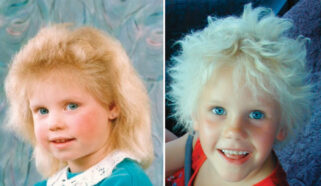
A variant of a gene involved in hair-shaft formation was linked to most of the uncombable-hair-syndrome cases analyzed in a recent study.
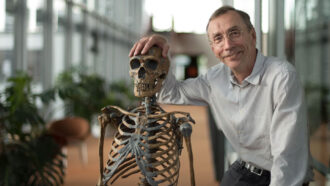
Svante Pääbo figured out how to examine the genetic material from these hominid ‘cousins’ of modern humans.
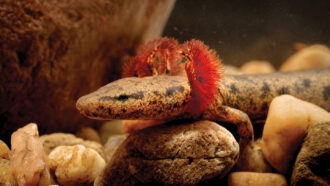
The genomes of salamanders are bloated with genetic “parasites.” That extra DNA slows down their lives and strands them in perpetual childhood.
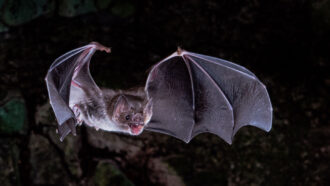
Loss of 13 genes active in other bats could support the vampires’ blood-eating strategies and adaptations.
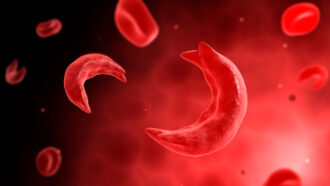
Doctor Erica Esrick discusses existing treatments and an ongoing clinical trial for a gene therapy to treat sickle cell disease.
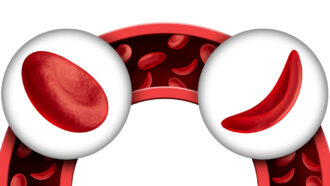
Gene mutations can alter an individual’s hemoglobin in ways that curl their blood cells. This can cause painful sickle cell disease.
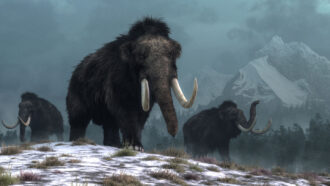
Scientists are using genetic engineering and cloning to try to bring back extinct species or save endangered ones. Here’s how and why.
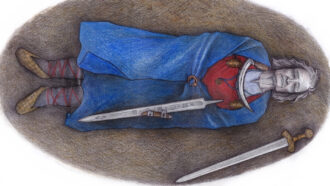
A 1,000-year-old grave in Finland, once thought to hold a respected woman warrior, may belong to someone who didn’t have a strictly male or female identity.